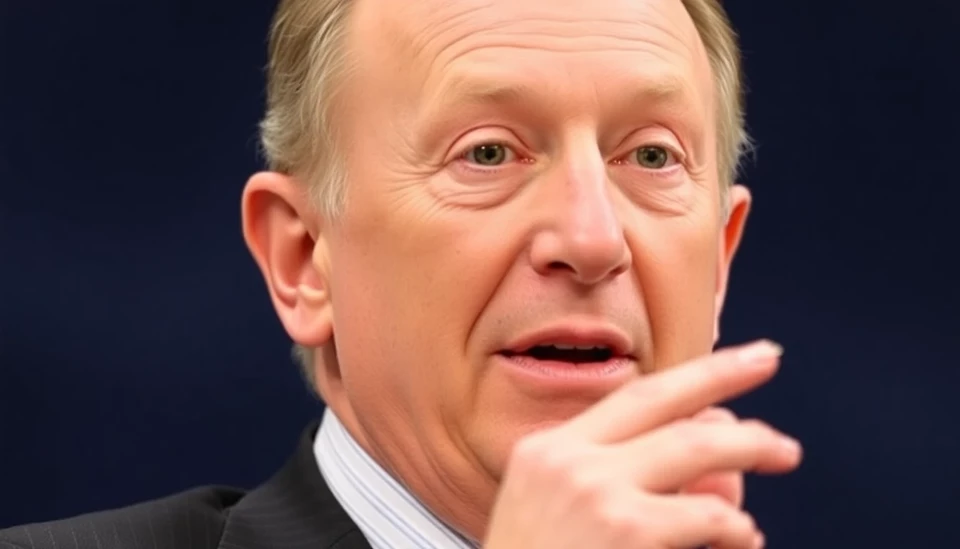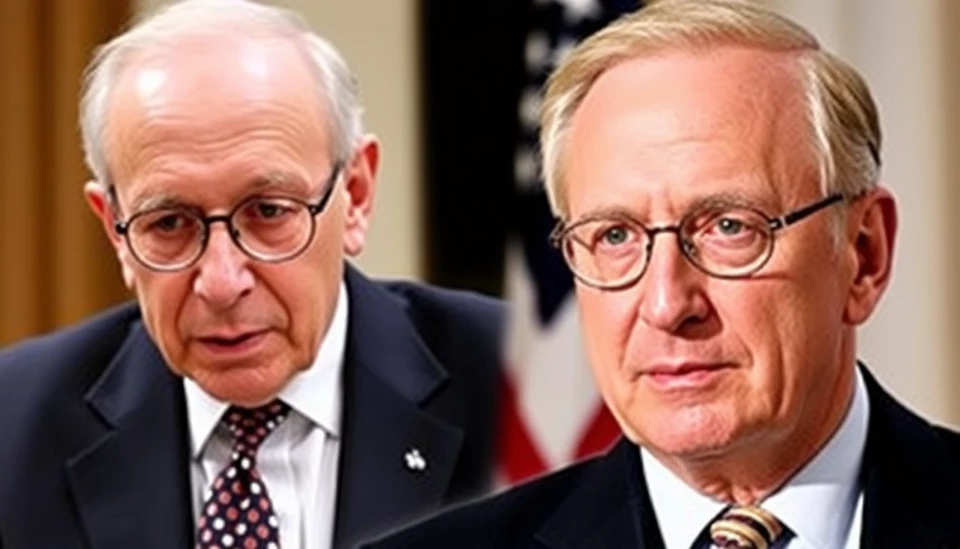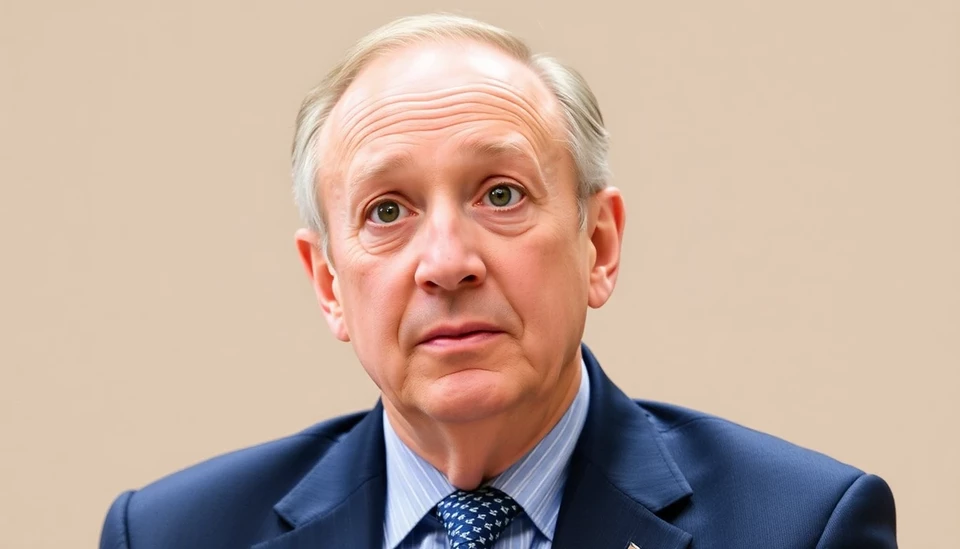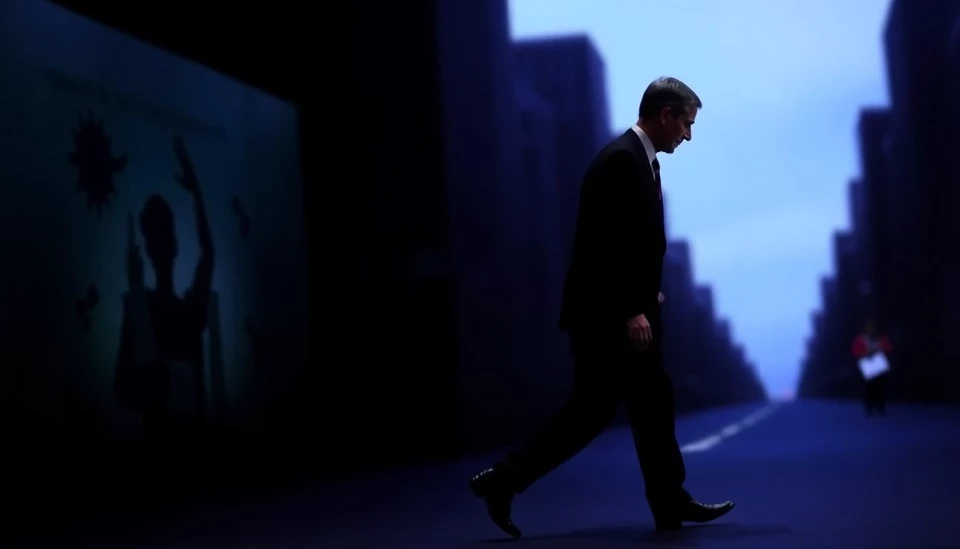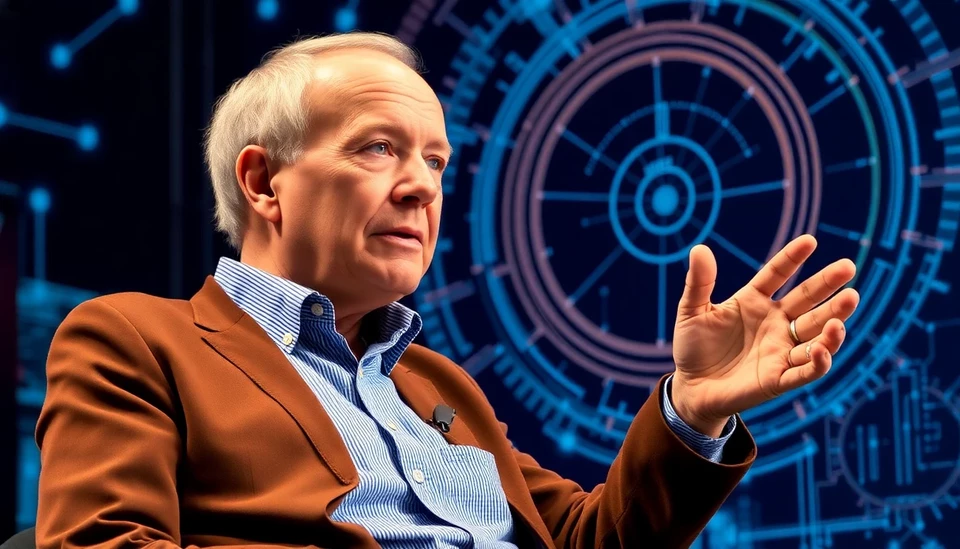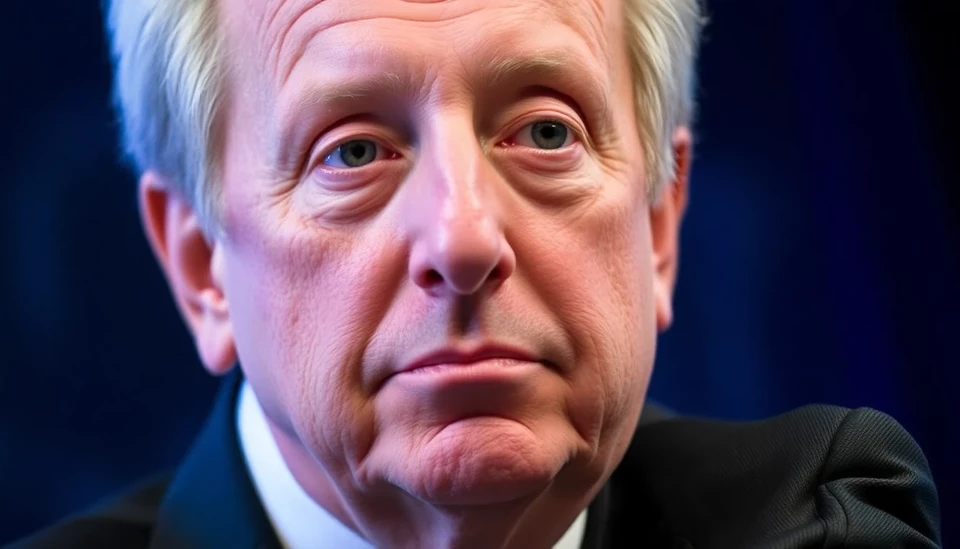
In a compelling analysis, former U.S. Treasury Secretary Larry Summers warns that the risk of a substantial inflation breakout is currently more significant than it has been since the notable inflationary pressures of 2021. Summers’ remarks come as a response to what he perceives as critical missteps by policymakers and economic analysts, which could lead the economy into unforeseen challenges.
Many observers had hoped that the aggressive measures undertaken by financial authorities to stabilize the economy would result in lasting success in controlling inflation. However, Summers argues that data now suggests otherwise. He highlights several factors that could contribute to an escalation in inflation rates, which, if not addressed promptly, may threaten the economic recovery observed in recent months.
Among the contributing elements mentioned by Summers are lingering supply chain disruptions, energy price volatility, and a labor market that remains exceptionally tight. These issues have the potential to trigger inflationary pressures, reminiscent of the rapid price increases seen two years ago. Summers specifically points to recent consumer spending habits, which have shown resilience, as a potential red flag for inflating prices.
Summers emphasizes that the current economic environment is distinct from that of late 2021 and early 2022, when drastic measures were initially taken to manage inflation spikes. The unique interplay of global economic conditions, alongside domestic factors, creates a precarious situation that policymakers must navigate delicately. He cautions that underestimating these risks could lead to inadequate responses, exacerbating the inflation problem rather than alleviating it.
Throughout the past few years, the Federal Reserve has grappled with balancing interest rate adjustments and monitoring inflation indicators to develop effective monetary policy. In light of Summers’ assessment, the central bank might need to engage in more aggressive interest rate hikes to stave off potential inflation surges. This shift in policy could have broad implications for both consumers and businesses, as borrowing costs would likely increase, leading to potentially reduced spending and investment.
Moreover, Summers advocates for a reassessment of the current economic narrative, suggesting that the risks associated with inflation are not only imminent but also potentially severe. He is urging policymakers to adopt a more cautious approach, equipped with a readiness to act promptly should inflationary threats become reality.
Ultimately, Summers’ insights crystallize the pressing need for vigilance in monitoring economic indicators. His analysis serves as a wake-up call to authorities and market observers alike, signaling that the lessons learned during previous inflationary periods must guide current strategies to avert future challenges.
As the economy continues to navigate post-pandemic recovery, the specter of inflation looms large, and the discourse initiated by Summers may shape the actions taken in the coming months. Stakeholders at all levels will be closely watching for signs of inflationary trends, and how effectively policymakers respond to them could influence the overall economic trajectory.
In conclusion, Larry Summers' perspective on the current inflation landscape highlights a critical junction for the U.S. economy, making it essential for policymakers to proceed with caution and preparedness to mitigate any impending inflationary threats.
#LarrySummers #Inflation #Economy #MonetaryPolicy #FederalReserve #EconomicAnalysis #InterestRates
Author: Laura Mitchell
